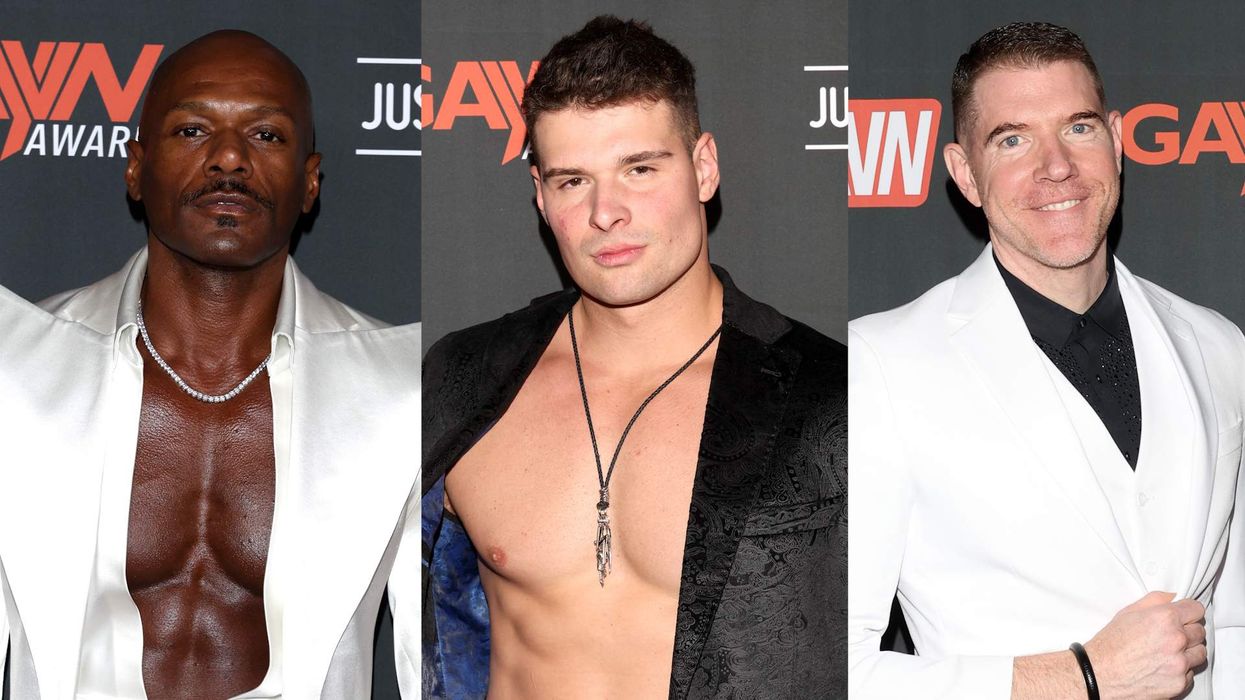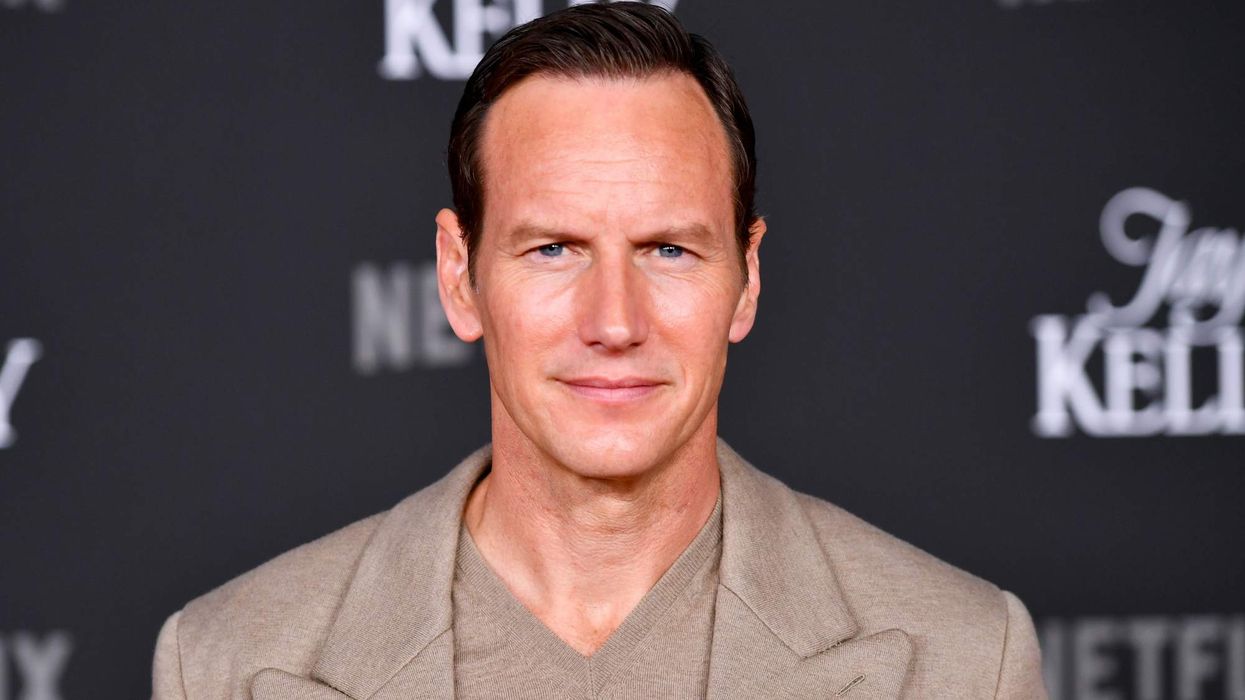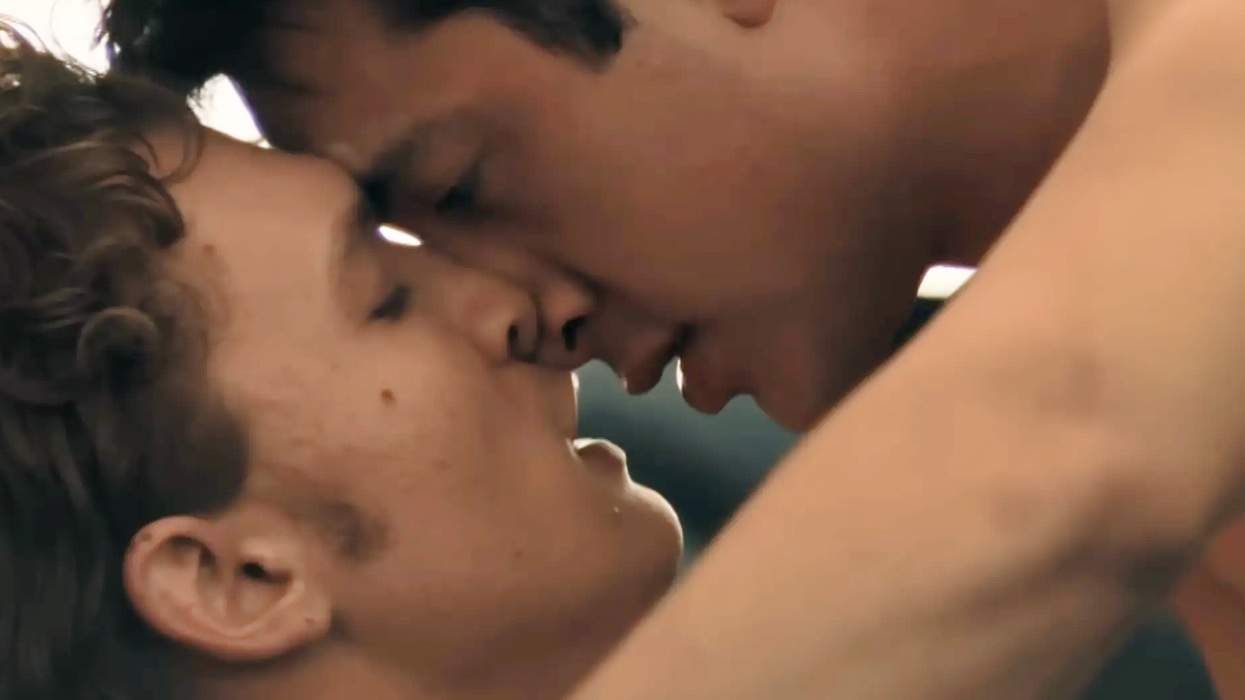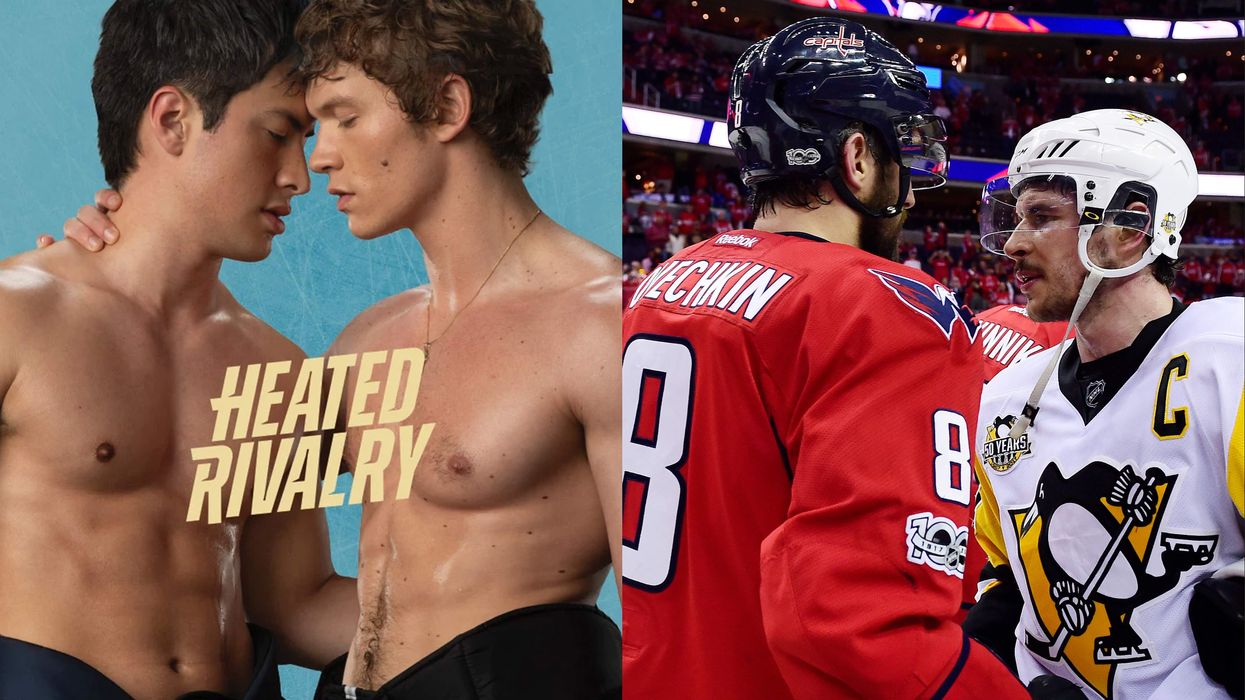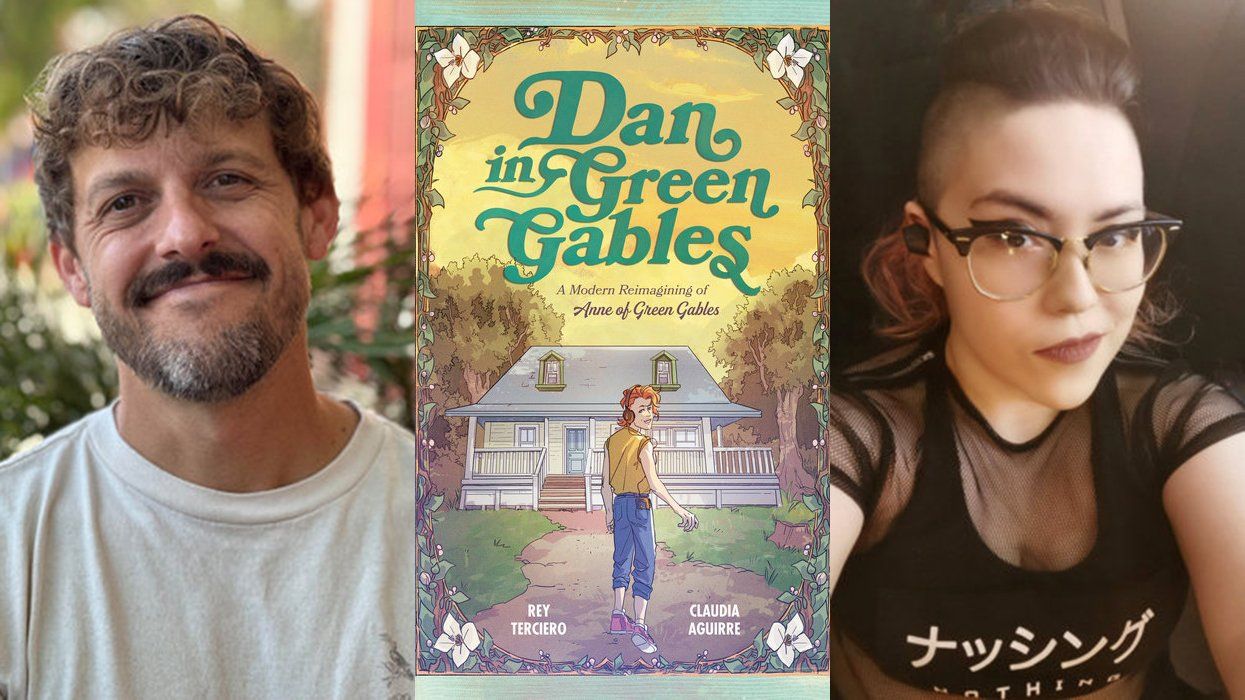Self-Portrait, 1964
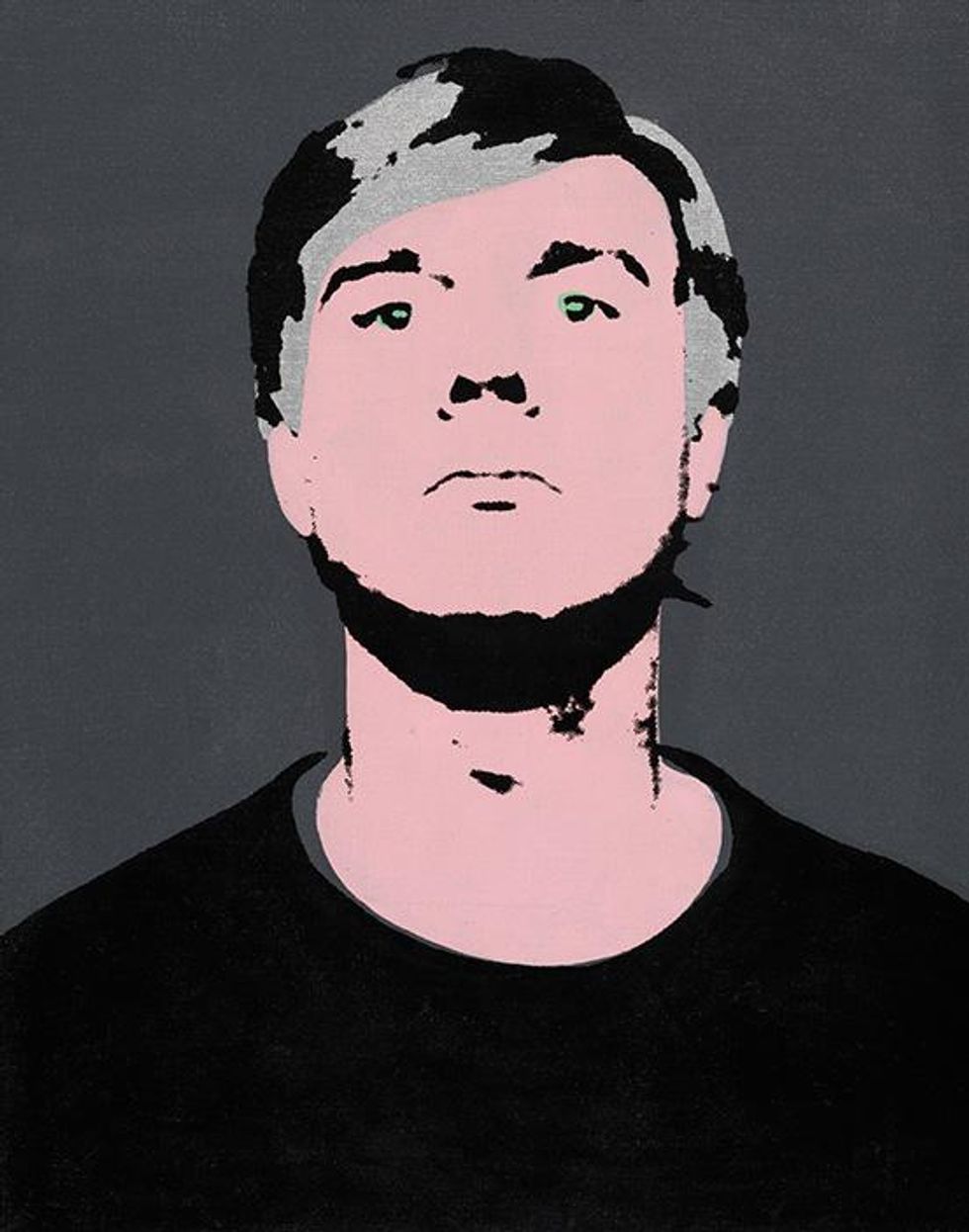
What's left to say about Andy Warhol? That was the question first posed to one of the curators behind "From A to B and Back Again," the Whitney's sprawling retrospective on the patron saint of pop art, which opened on November 12. The first Warhol retrospective organized in the United States since the '80s, the show illuminates the breadth, depth, and diversity of Warhol's oeuvre, looking at the full trajectory of the artist's work, from his 1949 arrival in New York to his death in 1987. It presents his art as a rich continuum, offering a complex portrait that goes far beyond pedestrian notions of soup cans.
Courtesy of The Art Institute of Chicago / (c) The Andy Warhol Foundation for the Visual Arts, Inc. / Artists Rights Society, New York.
Marilyn Diptych, 1962
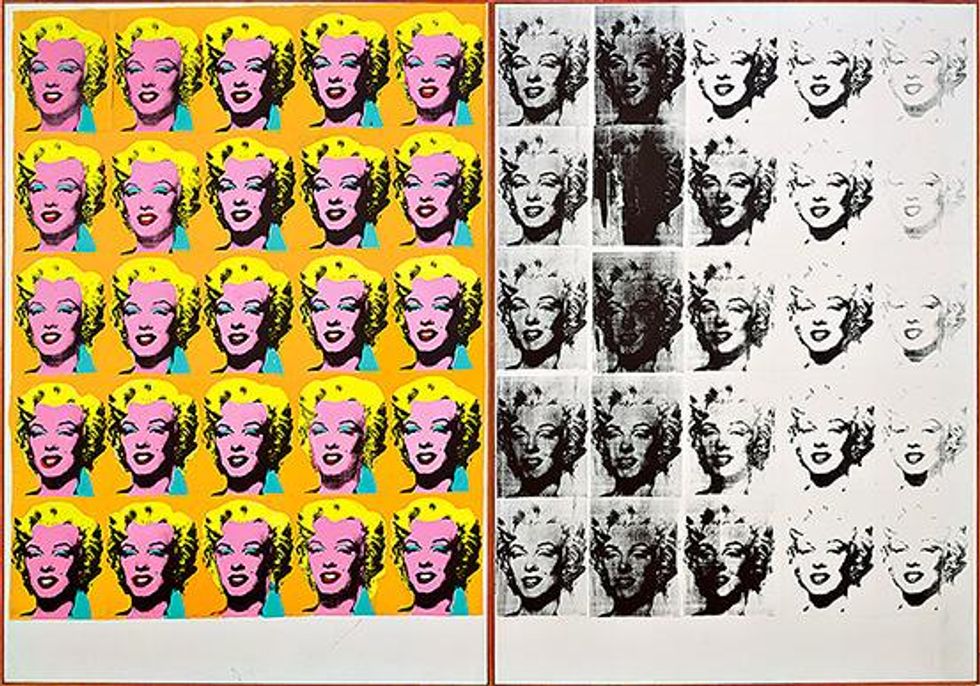
"There are a million things left to say," says Claire K. Henry, assistant curator of the museum's extensive Andy Warhol Film Project. "And we're continually uncovering more information. Warhol was a collector of all kinds of things: cookie jars, Fiestaware -- objects that had to be auctioned off after he passed away. I also view him as a collector of people and an amasser of information."
Courtesy of Tate, London / (c) The Andy Warhol Foundation for the Visual Arts, Inc. / Artists Rights Society, New York
Mao, 1972
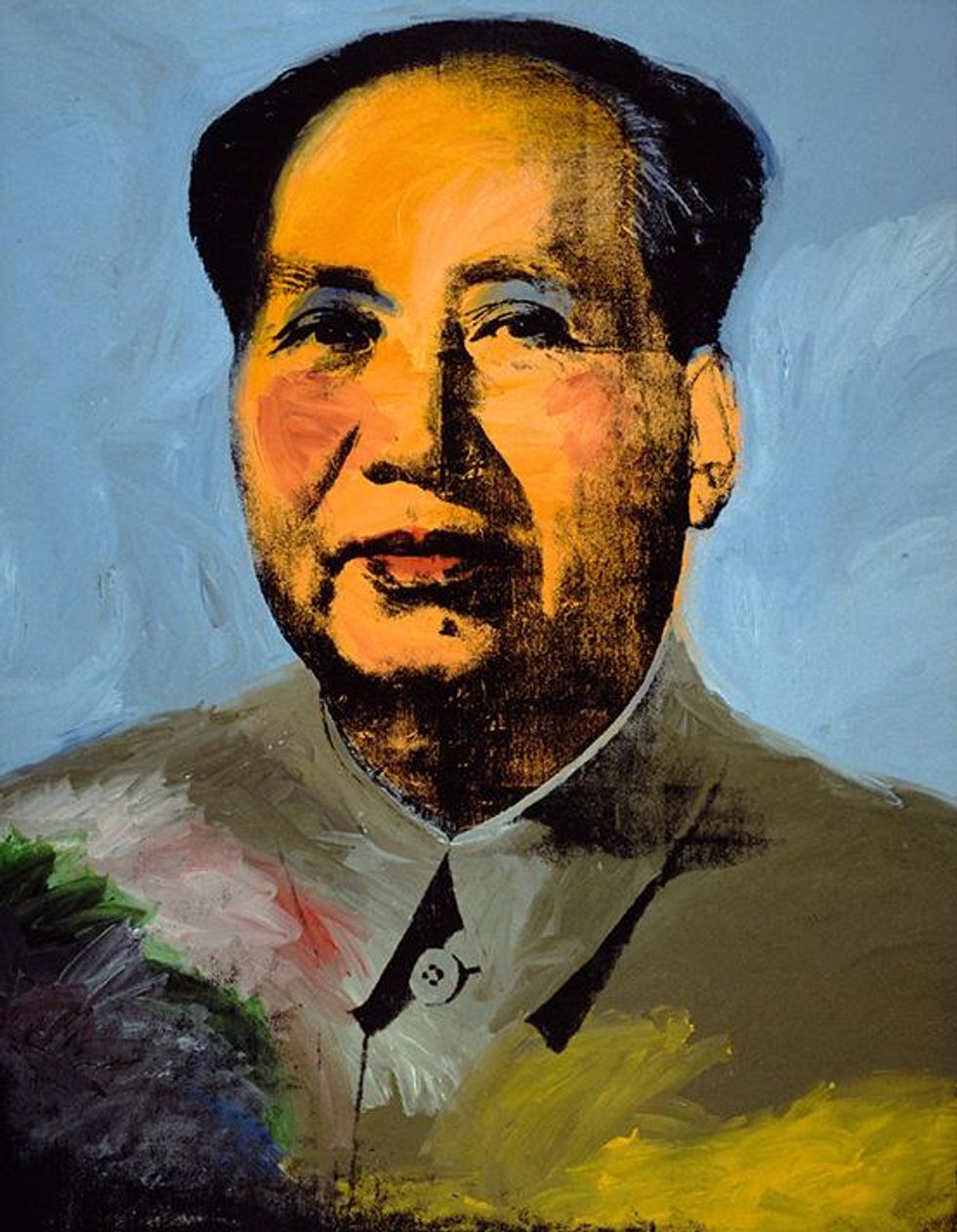
Warhol's hoarded bounty is on full display in this show, which, with more than 350 pieces, is also the largest monographic exhibition to date at the Whitney's current location. His infamous self-portrait from 1964, his colorful 1972 rendering of Mao, and his personal take on the Rorschach from 1984 are all accounted for, many assembled together for the first time. They're joined by Warhol's litany of Polaroids from the '70s, his films, and the thousands of audiotapes he recorded.
Courtesy of The Art Institute of Chicago / (c) The Andy Warhol Foundation for the Visual Arts, Inc. / Artists Rights Society, New York.
ST309 Edie Sedgwick, 1965
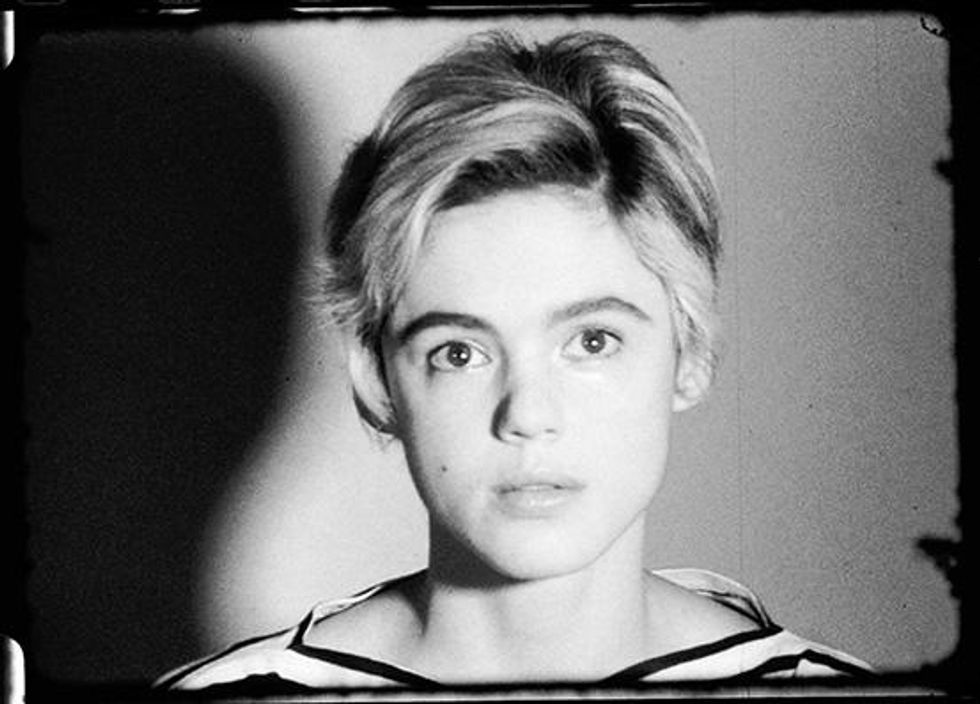
Henry notes another bit of audio that recently surfaced and piqued scholars' interest. It was pulled from an ARTnews interview Warhol gave in 1963 to then-young art critic Gene R. Swenson, as part of a series titled "What Is Pop Art? Answers From 8 Painters." Unearthed by historian Jennifer Sichel, the recording revealed that Warhol and Swenson's conversation started off by covering homosexuality and Warhol's thoughts on queerness, which never made it into print. "I practically fell off my chair when I read the whole transcript," Henry says. "The Swenson interview that was published is a truncated and a de-gayed version of the conversation. It was straight-washed."
Courtesy of The Andy Warhol Museum / (c) 2018 The Andy Warhol Museum, Pittsburgh, PA, a museum of Carnegie Institute. All rights reserved.
My Hustler, 1965
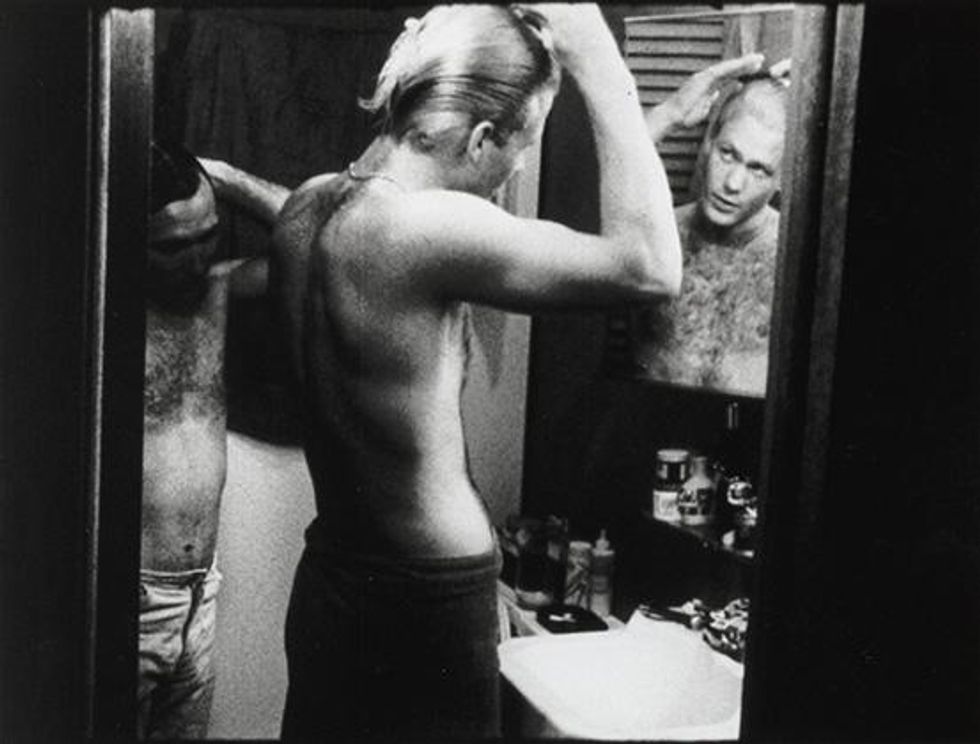
The legacy of Warhol has long been subjected to straight-washing. Take, for example, Heiner Bastian's traveling exhibition from the 2000s, which began at the Neue Nationalgalerie in Berlin, then went to the Tate Modern in London, and landed at Los Angeles's MOCA. "It lionized Warhol as this sort of uber-Catholic and moralistic arbiter of '60s counterculture," Henry says. "Catholicism does play deeply into his work, but the exhibition had no mention -- or very little -- of queerness."
Courtesy of The Andy Warhol Museum / (c) 2018 The Andy Warhol Museum, Pittsburgh, PA, a museum of Carnegie Institute. All rights reserved.
Ari and Mario, 1966
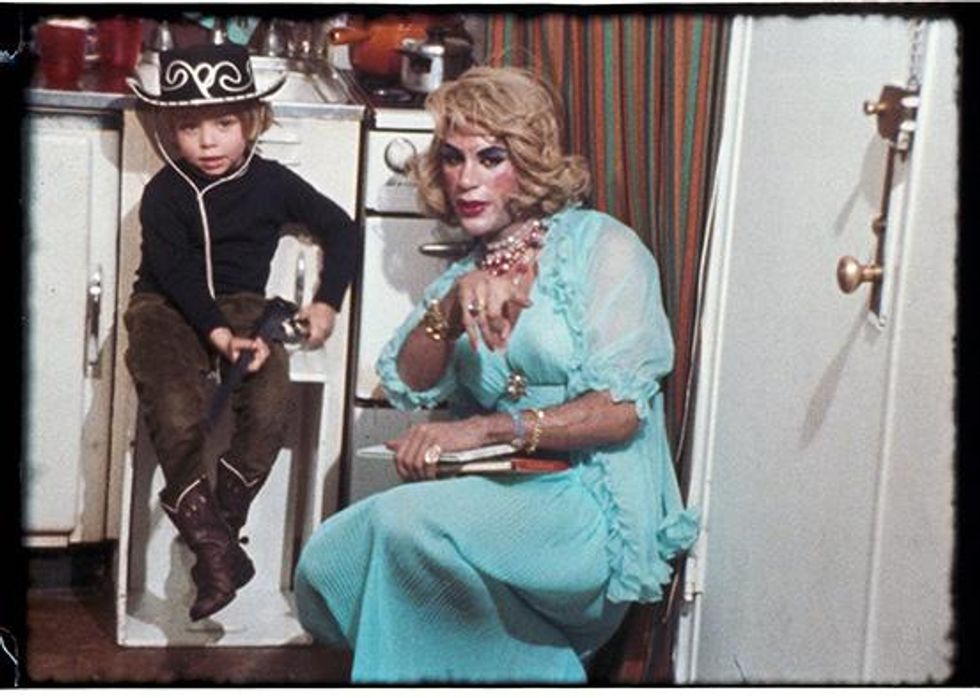
"From A to B and Back Again" explores the complex facets of Warhol's gay and religious identities, as well as the intersections of the disparate media in which he worked. There's also a three-film series called "Queer Performativity," which nods to the wildness of Warhol's Factory. "A huge thing to underscore is the Factory as a space where people could perform gayness," Henry says.
(c) 2018 The Andy Warhol Museum, Pittsburgh, PA, a museum of Carnegie Institute. All rights reserved.
Green Coca-Cola Bottles, 1962
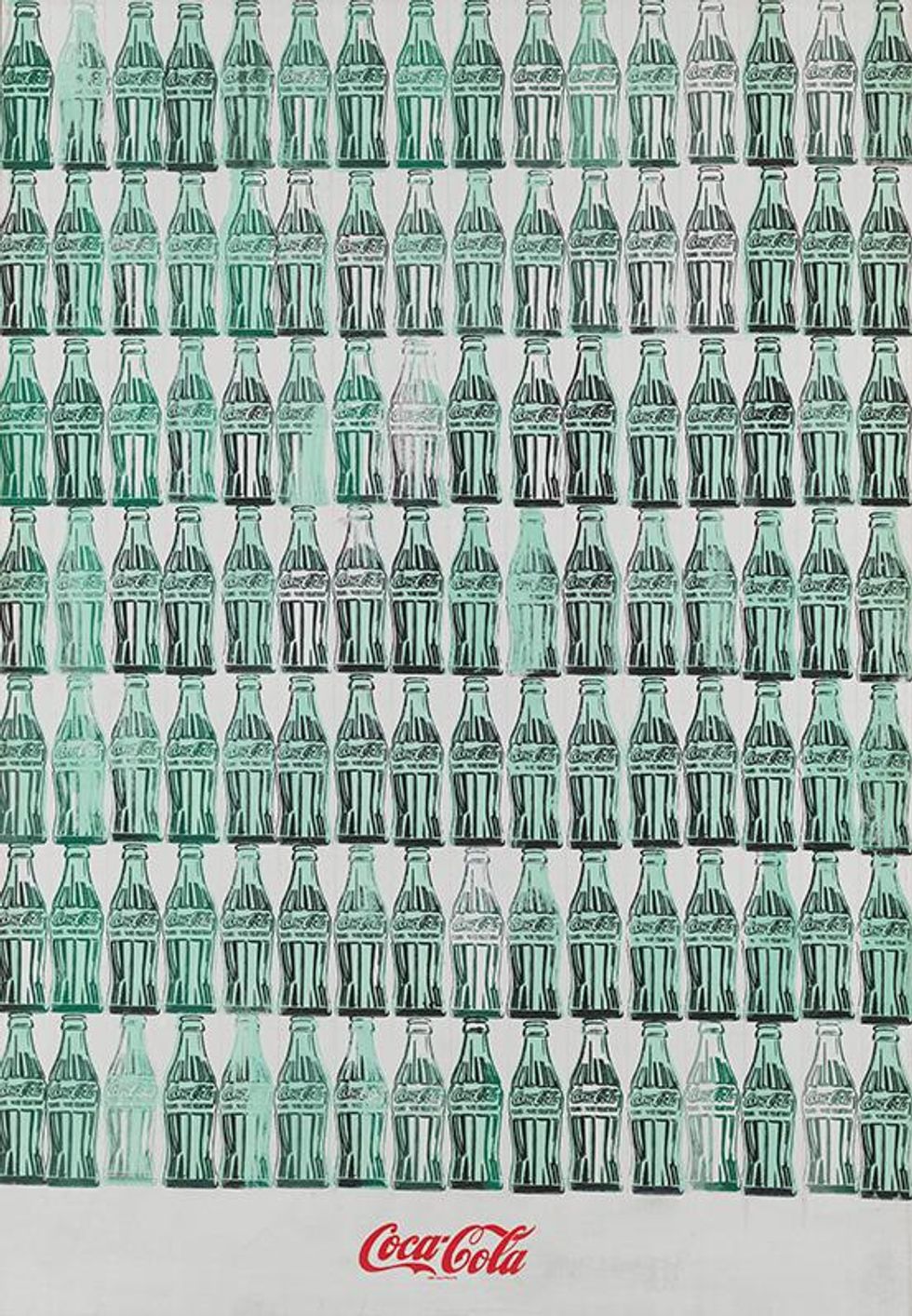
"Homosexuality was still illegal in the '60s, and the Factory provided a refuge for queer people seeking sanctuary from heteronormative culture." In Vinyl, amphetamine queens play out S&M fantasies -- man-on-man action, dripping candle wax, whipping, backhand slapping -- in an adaptation of Anthony Burgess's A Clockwork Orange.
Courtesy of Whitney Museum of American Art, New York / (c) 2017 The Andy Warhol Foundation for the visual Arts, Inc. / Artists Rights Society, New York
Sleep, 1963
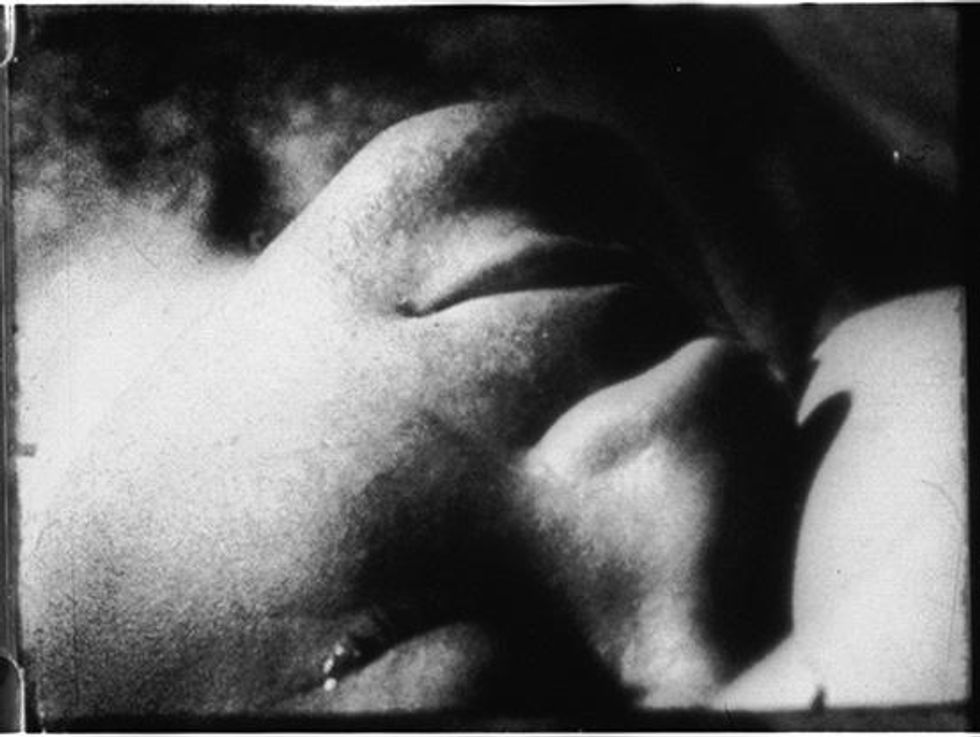
In Camp, a troupe of outlandish Factory performers host their own queer variety program, including a drag performance by Mario Montez, a pantomime by Jack Smith, and a dance extravaganza from cult legend Paul Swan. And, finally, in My Hustler, an aging John battles his straight female neighbor on the shores of Fire Island for the affections of a young stud hired for the weekend.
(c) 2018 The Andy Warhol Museum, Pittsburgh, PA, a museum of Carnegie Institute. All rights reserved
Superman, 1961
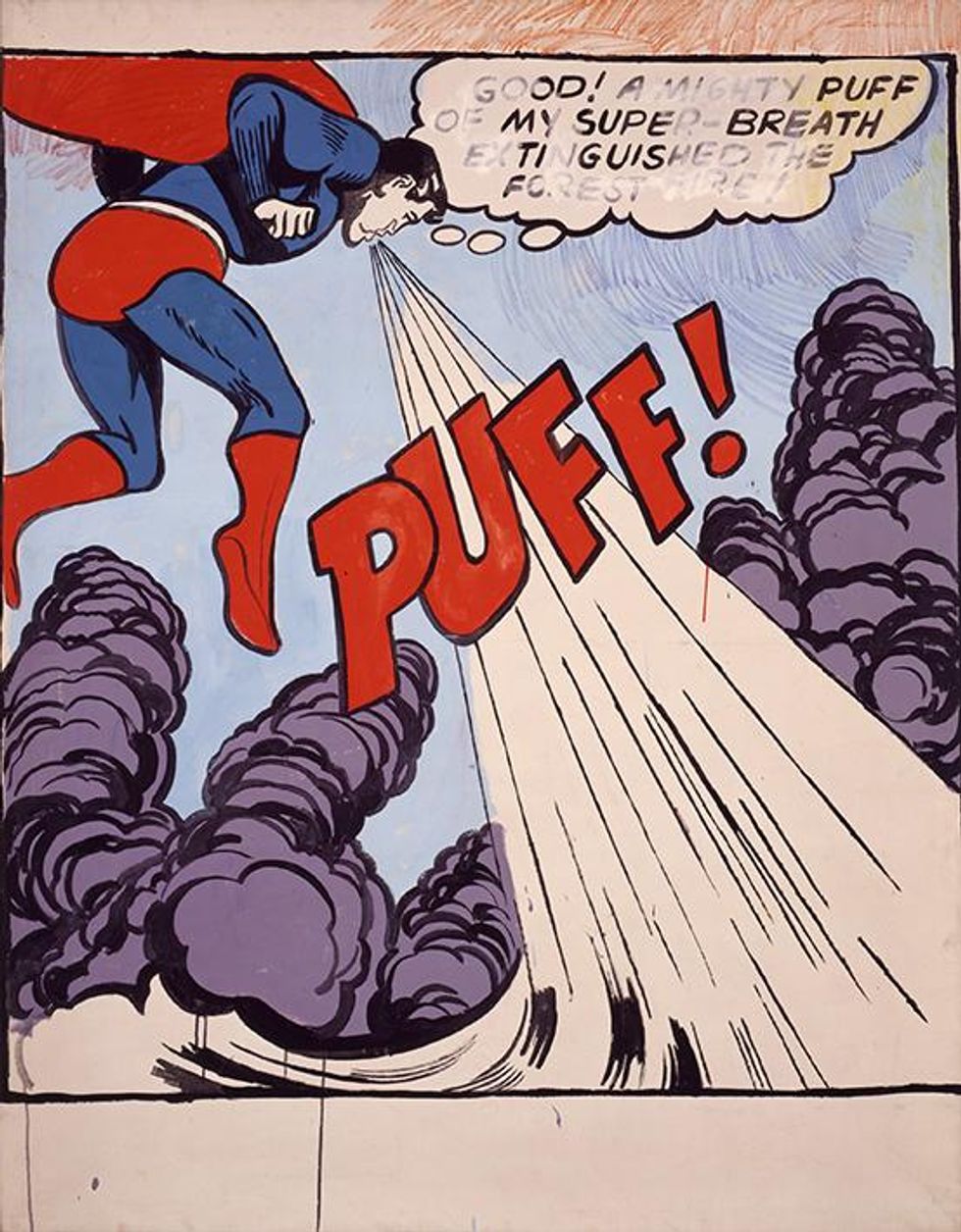
All of this wide-ranging material pushes back on the fact that many art historians who wanted to valorize Warhol reduced his queerness to a footnote -- an odd move for the recounting of a man whose gayness was both freely flaunted and decidedly femme.
(c) The Andy Warhol Foundation for the Visual Arts, Inc. / Artists Rights Society, New York
Rorschach, 1984
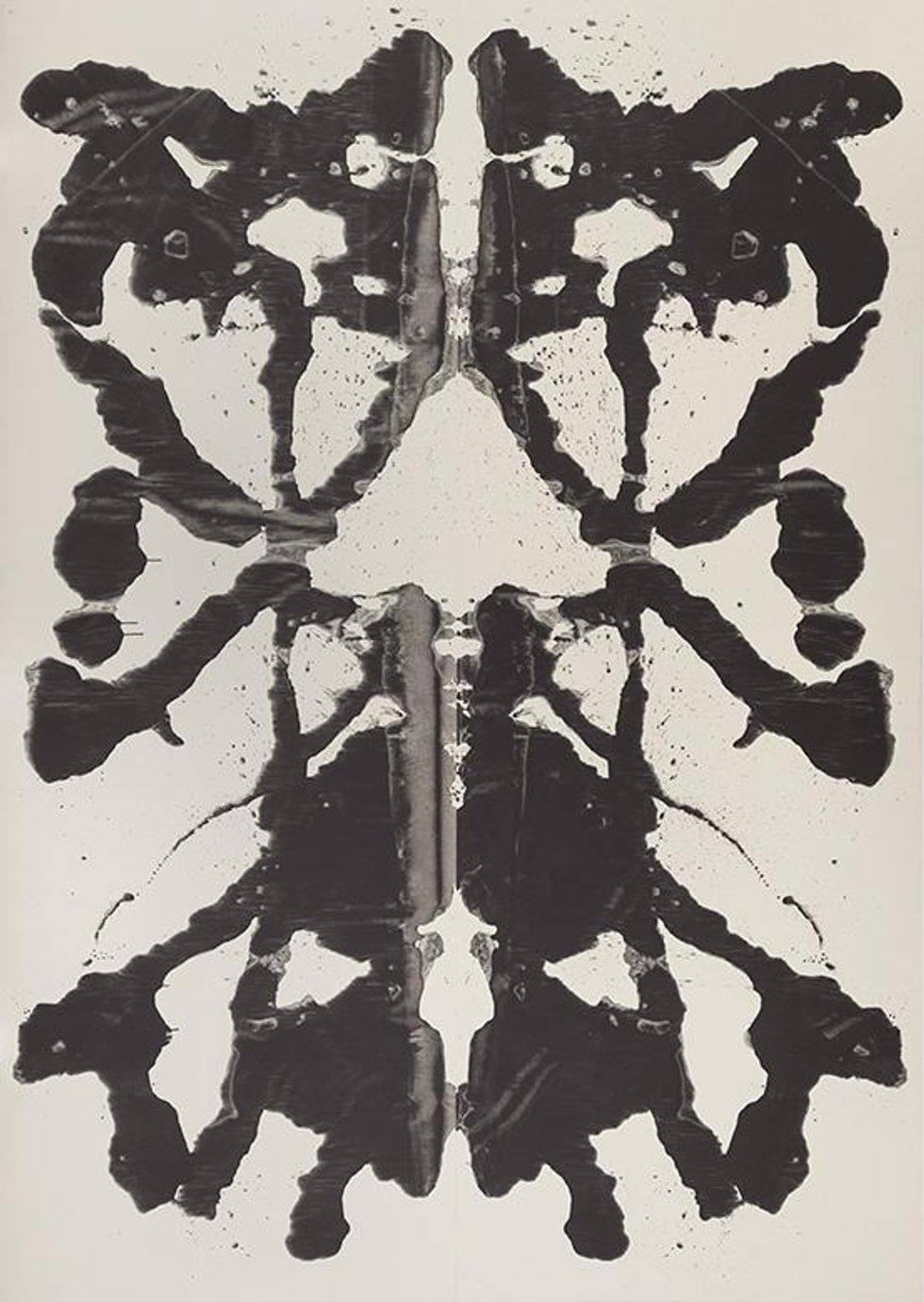
The last time a Warhol exhibition of this magnitude was mounted in the United States was at MoMA in 1989, when the AIDS crisis cast a shadow over his queer identity. In today's warmer social climate, a vast Warhol show can allow for a perception of him that's unprecedentedly authentic.
Courtesy of Whitney Museum of American Art, New York / (c) The Andy Warhol Foundation for the Visual Arts, Inc. / Artists Rights Society, New York
Christine Jorgenson, 1956
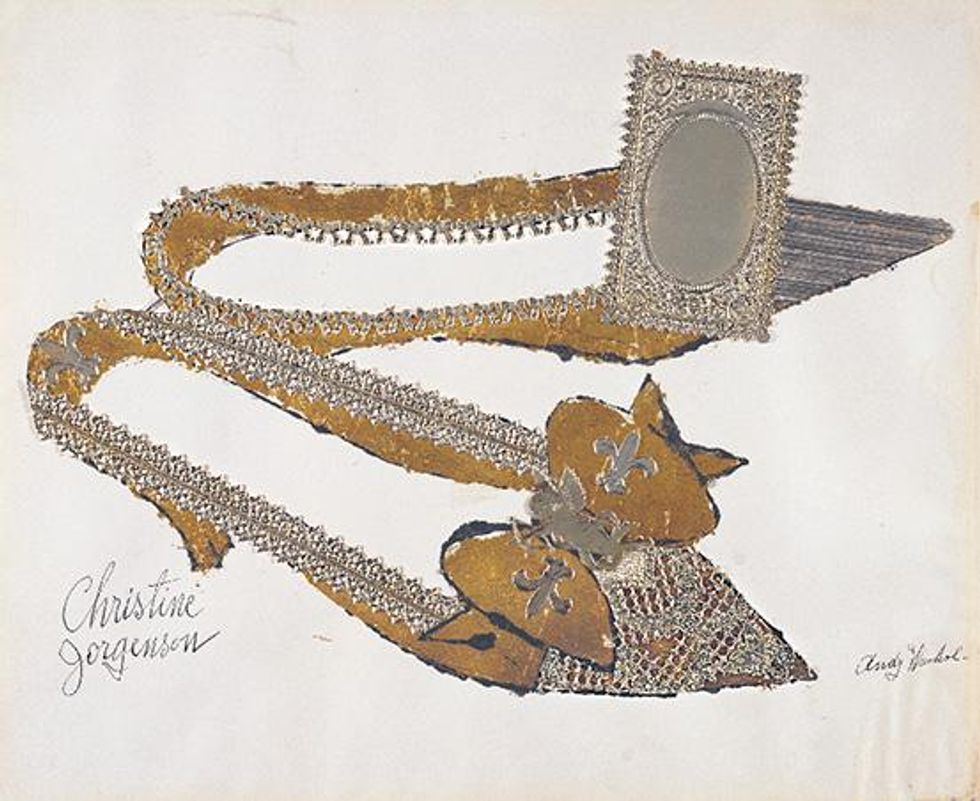
"We're going to try to rectify a lot of scholars," Henry says. "For the last 20 years, we have been working in this regard: to re-gay Warhol, who never was in the closet to begin with."
Courtesy of Sammlung Froehlich, Leinfelden-Echterdingen, Germany / (c) The Andy Warhol Foundation for the Visual Arts, Inc. / Artists Rights Society, New York
Empire, 1964
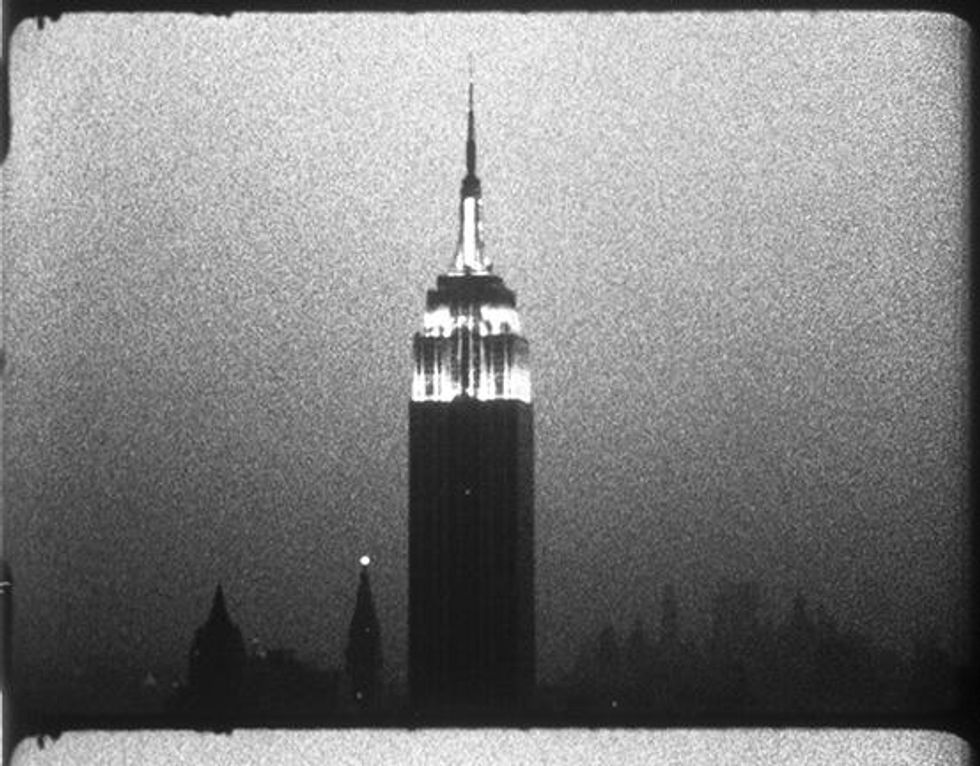
"From A to B and Back Again" opens November 12 and runs through March 31 at the Whitney Museum of American Art in New York City.
(c) 2018 The Andy Warhol Museum, Pittsburgh, PA, a museum of Carnegie Institute. All rights reserved




